Red light therapy machines have several benefits and can be used to treat a wide range of conditions, including some skin regeneration and anti-aging, pain relief, and wound healing. This therapy utilizes specific wavelengths of red and near-infrared light to penetrate the skin and stimulate cellular activity to promote healing and regeneration.
Currently, red light therapies are widely recognized as safe and well-tolerated, but as with medical or cosmetic procedures, we should be aware of the potential dangers and side effects involved before starting any treatment.
Next, in this article, we will learn about the potential dangers of red light therapy, who should avoid it, common misconceptions about its safety, and steps that can be taken to minimize the risks.
1. Eye Damage

Eye injury is one of the potential risks of red light therapy. While RLT is generally safe for the skin, it can cause damage to the eyes if used inappropriately, such as prolonged exposure or use of red light therapy without proper protection.
Direct Eye Exposure
Looking directly into the light emitted by RLT devices can cause eye strain or discomfort. Although red light is not as intense as ultraviolet (UV) light, it can still damage sensitive tissues in the eye if not used properly. The risk is particularly high for near-infrared wavelengths, which are invisible to the human eye but can penetrate tissue more deeply.
Potential Long-Term Damage
There is limited research on the long-term effects of red light exposure on the eye. However, there is concern that repeated exposure to red light without proper eye protection may lead to retinal damage, especially at high doses or for prolonged periods.
How to Protect Your Eyes?
To avoid eye damage, it is important to wear goggles designed for light therapy when using red light therapy with large devices. These goggles effectively filter out harmful wavelengths and prevent damage to the retina and other eye tissues from red and near-infrared wavelengths. Regardless of the length or intensity of the treatment, ensuring eye protection is always a priority.
2. Overuse and Overexposure
While RLT can provide significant benefits when used for short periods under proper control, overuse may result in diminishing efficacy or even exacerbate certain conditions.
Cellular Overstimulation
One of the main benefits of RLT is its ability to increase cellular energy production. However, when cells are overstimulated by overuse of the therapy, they may become “fatigued,” which may result in slower recovery times or reduced efficacy.
Although rare, this overstimulation can occur if the user receives high doses or uses therapy frequently without interruption.
Increased Skin Sensitivity
Overexposure to red light can lead to minor skin sensitization or irritation. This is especially concerning for people with very fair or sensitive skin, where redness, dryness, or irritation may occur after overexposure.
How to Avoid Overuse?
To avoid overuse of red light therapy, be sure to follow the recommendations of the device manufacturer. Most recommend short sessions (10-20 minutes each) 2-3 times a week rather than continuous prolonged exposure.

If you are undergoing professional treatment, make sure the technician or dermatologist follows safety protocols and avoids treatments that exceed the recommended range of intensity or duration. Moderation and judicious use will help maximize the benefits of red light therapy and reduce the risk of side effects.
3. Risk of Burns from Misuse
While red light therapy devices are generally low-intensity and non-invasive, improper use of higher-powered devices (such as laser-based phototherapy or poorly designed home devices) can lead to burns. Higher-powered devices that are not properly calibrated or used inappropriately may generate too much heat, which can cause discomfort, burns, or blisters.
People who use cheap or poorly managed red light therapy devices at home are more likely to get burned. In addition, people with conditions that affect skin sensitivity (such as lupus or eczema) or who are taking medications that increase photosensitivity should use red light therapy with caution.
How to Prevent Burns?
To prevent burns, choose a red light therapy device that is FAD-approved. Always follow the manufacturer's instructions, ensure a safe distance between the device and the skin, and avoid prolonged treatments.
If receiving treatment from a professional, make sure the technician uses the correct equipment and techniques.
4. Photosensitization
People with certain skin conditions or taking photosensitizing medications (such as certain antibiotics, birth control pills, or acne medications like isotretinoin) may be more sensitive to red light. This condition is called photosensitization and can lead to adverse skin reactions such as:
- skin rashes
- blistering
- Burning or stinging sensation
If you are taking photosensitive medications, consult your doctor before undergoing red light therapy. Reducing the duration of treatment or adjusting the intensity of the wavelength may help reduce the risk. Always perform patch testing on a small area of the skin before proceeding with a full treatment.
Also, people with conditions such as lupus, porphyria, or polymorphic sun rash (a form of sun sensitivity) should use caution when considering red light therapy. Similarly, people using vitamin A-like treatments for acne or anti-aging treatments should consult a dermatologist before beginning red light therapy.
5. Potential Interference with Pacemakers and Implants
Some studies have suggested that red light therapy may interfere with the functioning of pacemakers or other implanted medical devices, although this risk appears to be rare and poorly understood. Theoretically, the electromagnetic fields generated by some red light therapy devices may interfere with the proper functioning of electronic medical devices.
Individuals with electronic devices implanted in their bodies (such as pacemakers, insulin pumps, or neurostimulators) may wish to avoid using red light therapy directly on the device.
It is important to inform your healthcare provider if you have a medical device implanted before starting red light therapy. They can guide you as to whether this treatment is appropriate for your specific situation and recommend modifications to the treatment as needed.
6. Unknown Long-Term Effects
Although red light therapy is generally considered safe, as a relatively new treatment, the potential cumulative effects of long-term use are still not fully understood. Current studies have focused on short-term use and have shown low risk. However, the long-term risks of daily or weekly use over many years have not been well studied.
Possible unknown long-term risks include skin aging due to cellular overstimulation, or cumulative damage to deep tissue integrity from heat. Although these risks are currently speculative and not yet well-researched, they need to be taken seriously.
How to Minimize Long-Term Risks?
To minimize the potential long-term risks of red light therapy, it is recommended to schedule breaks in the treatment process and avoid continuous high-frequency use. In addition, strictly follow the dosage and frequency of use recommended by the device.
Always consult with a healthcare provider before planning a long-term course of treatment to ensure that the therapy is safe for an individual's health. Proper use can maximize the benefits of red light therapy while minimizing potential risks.
PRUNGO Red Light Therapy Module

Adopting advanced infrared light technology, PRUNGO's Red Light Therapy Module can carry 30 red light LEDs, each containing two red light wavelengths, 650nm, and 850nm, to provide deep, fast, and significant therapeutic effects.
The relaxation and strengthening modes meet the detailed treatment needs of different body parts. Whether it is soreness after exercise, daily fatigue, or joint instability, users can easily switch modes to enjoy a personalized physical therapy experience.
In addition, PRUNGO medical-grade red light therapy devices are equipped with a 5000mAh portable rechargeable battery, which is easy to operate, flexible, and convenient. The product can be applied to the neck, shoulder, reconstruction, and other parts of the body, and its ergonomic design helps users effectively relieve body imbalance and maintain a healthy state at home or rest.
FAQ
What Are the Benefits of Red Light Therapy?
There are many research-backed health benefits of red light therapy that cover a wide range of areas of skin care, pain management, and overall health. Here are some of the key benefits:
Promotes Skin Repair and Anti-Aging: red light boosts collagen production, which helps reduce wrinkles, fine lines, and discoloration for firmer, smoother skin. This is one of the reasons why red light therapy is highly regarded in the field of cosmetic skincare.
Relieves Pain and Inflammation: Red light therapy is widely used to relieve chronic pain, especially in the treatment of arthritis, muscle injuries, and joint problems. It promotes tissue repair and reduces inflammation, thus helping patients reduce discomfort.
Accelerates Wound Healing: Red light can help accelerate the healing process of wounds, especially after surgery or trauma. It speeds up healing by increasing cellular energy production (ATP), promoting cell regeneration and blood circulation.
Improved Circulation: Red light stimulates microcirculation and helps increase blood flow. This is vital to the body's ability to repair itself, helping to improve general health and reduce fatigue.
Enhances Muscle Recovery and Athletic Performance: Many athletes use red light therapy to accelerate muscle recovery and reduce muscle soreness after exercise. This makes it a popular tool for sports rehabilitation.
Enhance sleep quality: Red light therapy has a regulatory effect on the body's natural circadian rhythm and can help improve sleep quality, especially for people experiencing sleep disorders.
Is Red Light Therapy Safe?
Red light therapy is generally considered safe, with extensive scientific research and clinical verification that the wavelengths of red light are harmless to the human body.
PRUNGO's red light therapy module is designed with zero electromagnetic radiation, ensuring that the user will not be affected by electromagnetic interference while using it, and it will not cause damage to the skin, which makes it suitable for long-term use.
Who Should Avoid Using Red Light Therapy?
While red light therapy is safe for most people, certain groups of people should avoid it. Pregnant women, people with epilepsy or photosensitivity disorders, and people who are allergic to light are advised to consult a doctor before using red light therapy. It should also be avoided if you have open wounds, infections, or severe skin conditions that may aggravate your condition.
Click to learn: How much does red light therapy cost?


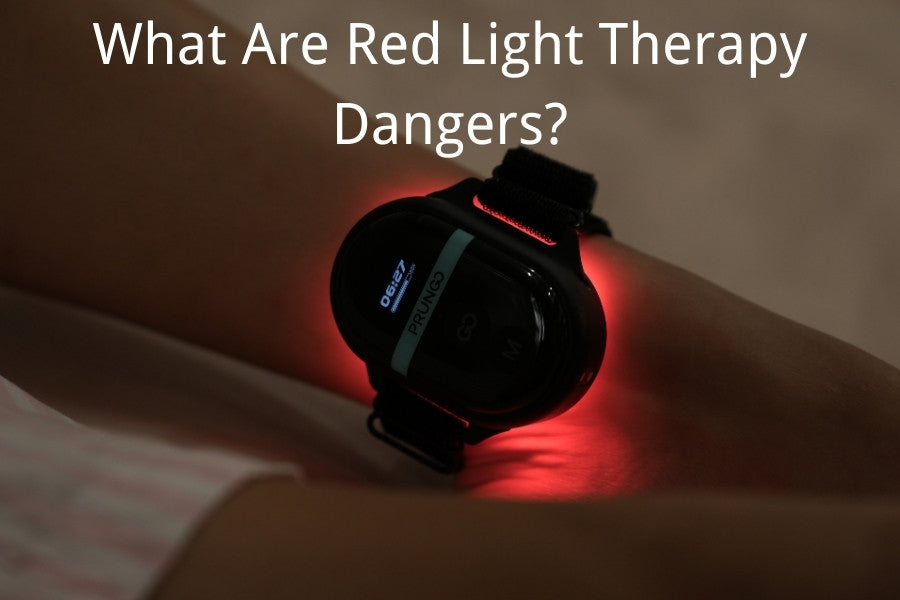
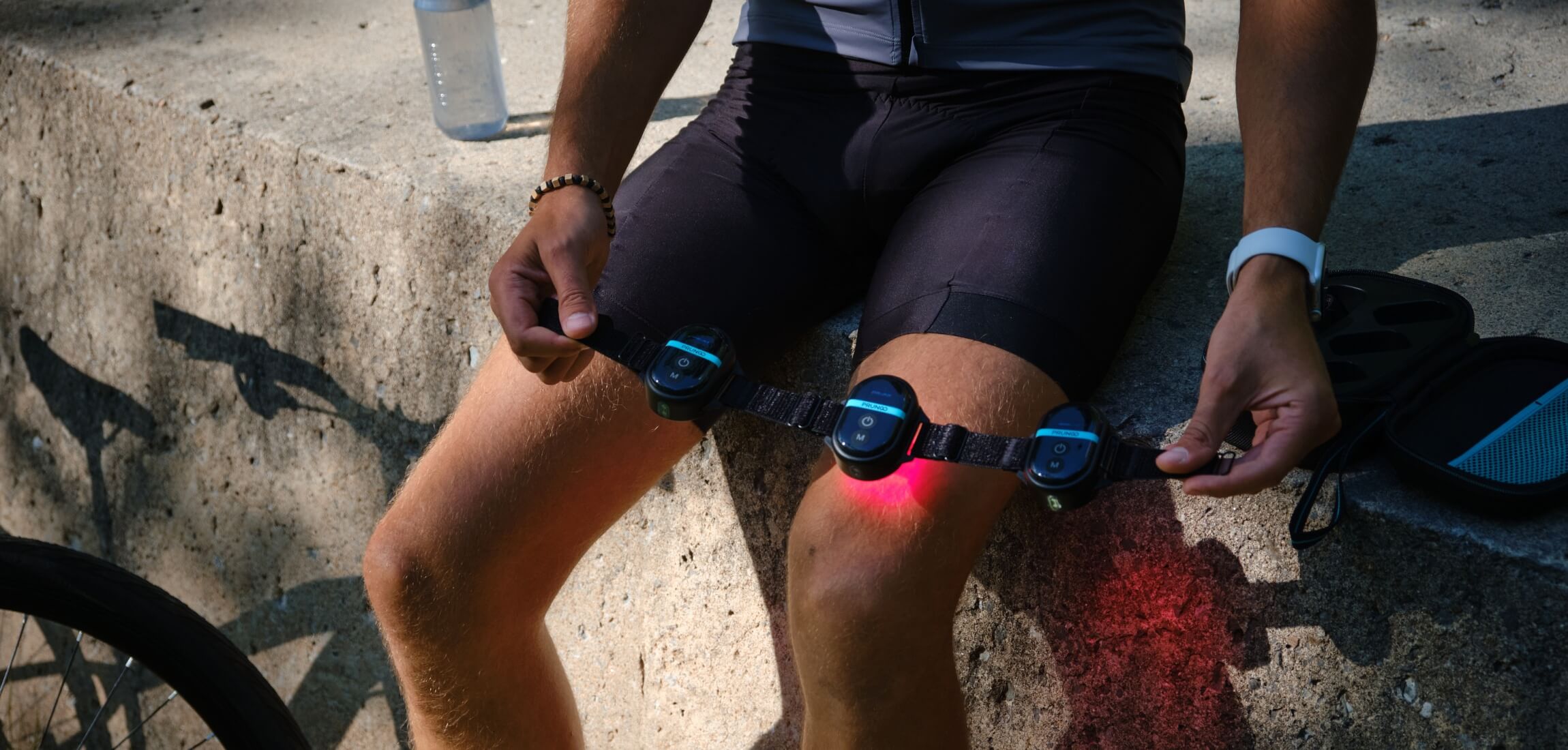
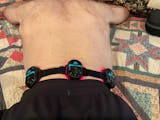
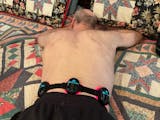









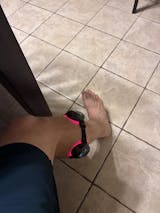
Share:
Does Red Light Therapy Tan You?